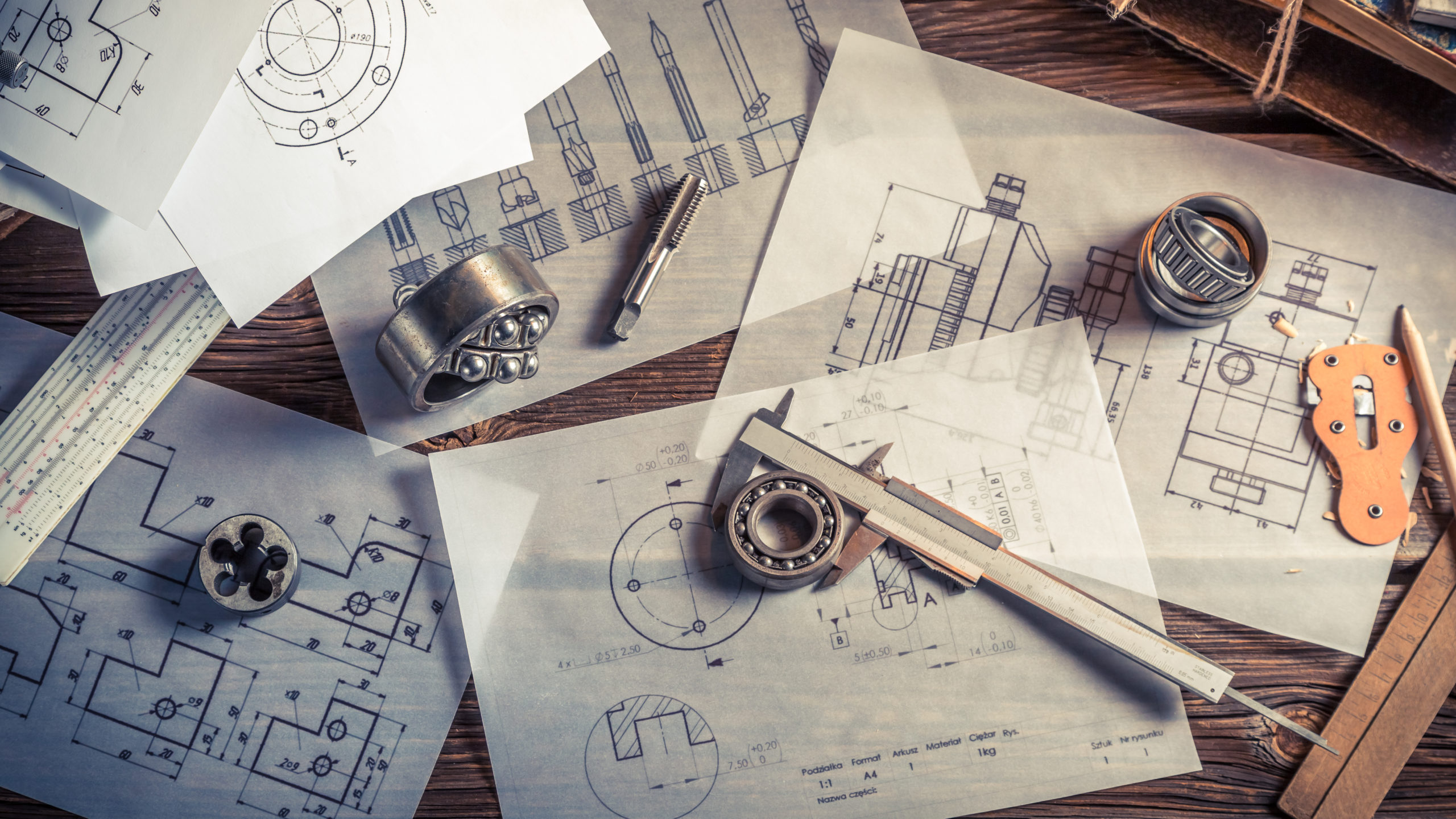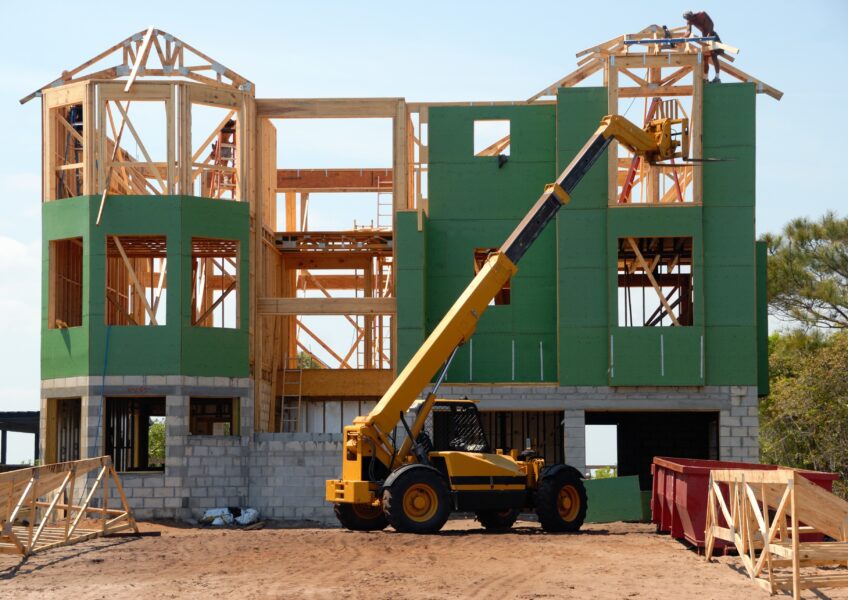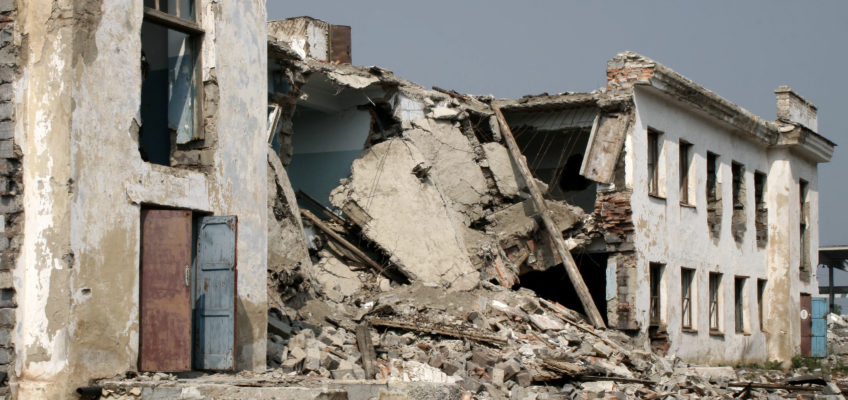The Crucial Role of Materials in Engineering Materials science is a fundamental aspect of forensic engineering, deeply intertwined with the integrity and safety of structures. The selection, testing, and analysis of materials used in construction and manufacturing play a pivotal ...
Read MoreMaterials Science in Forensic Engineering
0 Share








